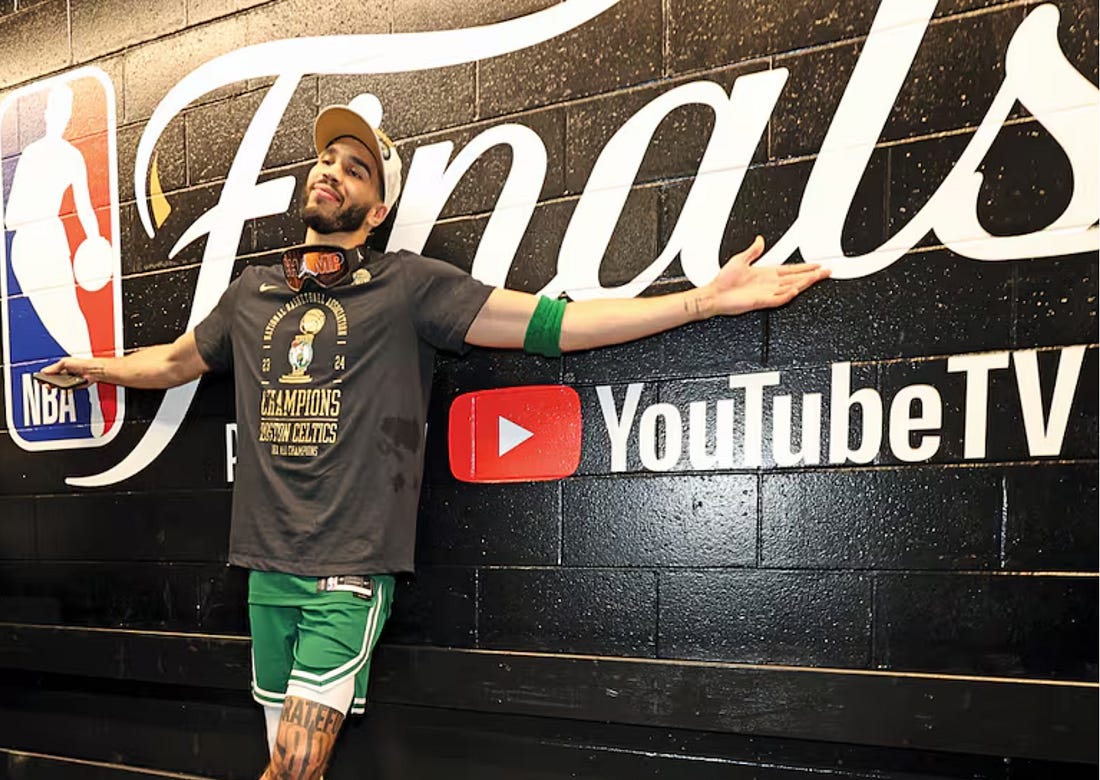YouTube TV is charging more money for a worse product — but what is the next best alternative?
YouTube TV is charging more money for a worse product — but what is the next best alternative?Today’s newsletter covers YouTube TV’s rise, the platform’s changes over the years, and alternatives consumers might consider due to constant price hikes.
When YouTube TV launched in 2017, it was positioned as a transformational product. Rather than forcing customers to pay hundreds of dollars each month for a cable package full of channels they didn’t care about, YouTube TV offered a skinny bundle of about 40 channels, including ABC, CBS, Fox, NBC, and ESPN, priced at $35/month. The streaming service was initially available in five U.S. markets: New York City, Los Angeles, Chicago, Philadelphia, and San Francisco. However, within a few years, YouTube TV reached 98% of U.S. households and gained millions of new subscribers. YouTube TV was a fantastic option for sports fans. It had access to all the major broadcast networks that spent billions on sports rights each year, but the platform also had a valuable mix of cable channels — ESPN, ESPN2, Fox News, CNN, CNBC, USA, Disney, etc. — and it even carried a dozen regional sports networks, providing customers with access to roughly 80% of all live sports broadcasts in the United States. Personally, I have been a big fan of YouTube TV. While a few similar products are in the market today, which we’ll discuss, the service’s initial value proposition was strong. YouTube TV helped you save money by eliminating channels you didn’t watch, and streaming live TV enabled customers to ditch the satellite on their house or the cable boxes in each room, removing service fees and site visits. Add in the fact that you could switch from TV to mobile devices (while traveling) with the platform’s more recently launched multiview option, which allows you to watch up to four live events simultaneously on one screen, and it’s no surprise YouTube TV was a success. In February 2024, YouTube TV reported 8 million paid subscribers, making it the largest internet-streaming subscription TV service, ahead of Hulu, Sling, and Fubo TV. This type of strategy isn’t uncommon — YouTube TV was willing to lose hundreds of millions of dollars at launch because the cheap monthly rate brought new customers in the door. Plus, it’s not like Google had a problem backstopping the losses. Alphabet is currently the world’s fifth most valuable company, with a $2.2 trillion market cap. This all sounds great, but there is one major problem. Rather than enhancing the product over time to justify price increases that would bring the service closer to profitability, YouTube TV has essentially done the opposite over the last eight years… Subscribe to Huddle Up to unlock the rest.Become a paying subscriber of Huddle Up to get access to this post and other subscriber-only content. A subscription gets you:
© 2025 |

